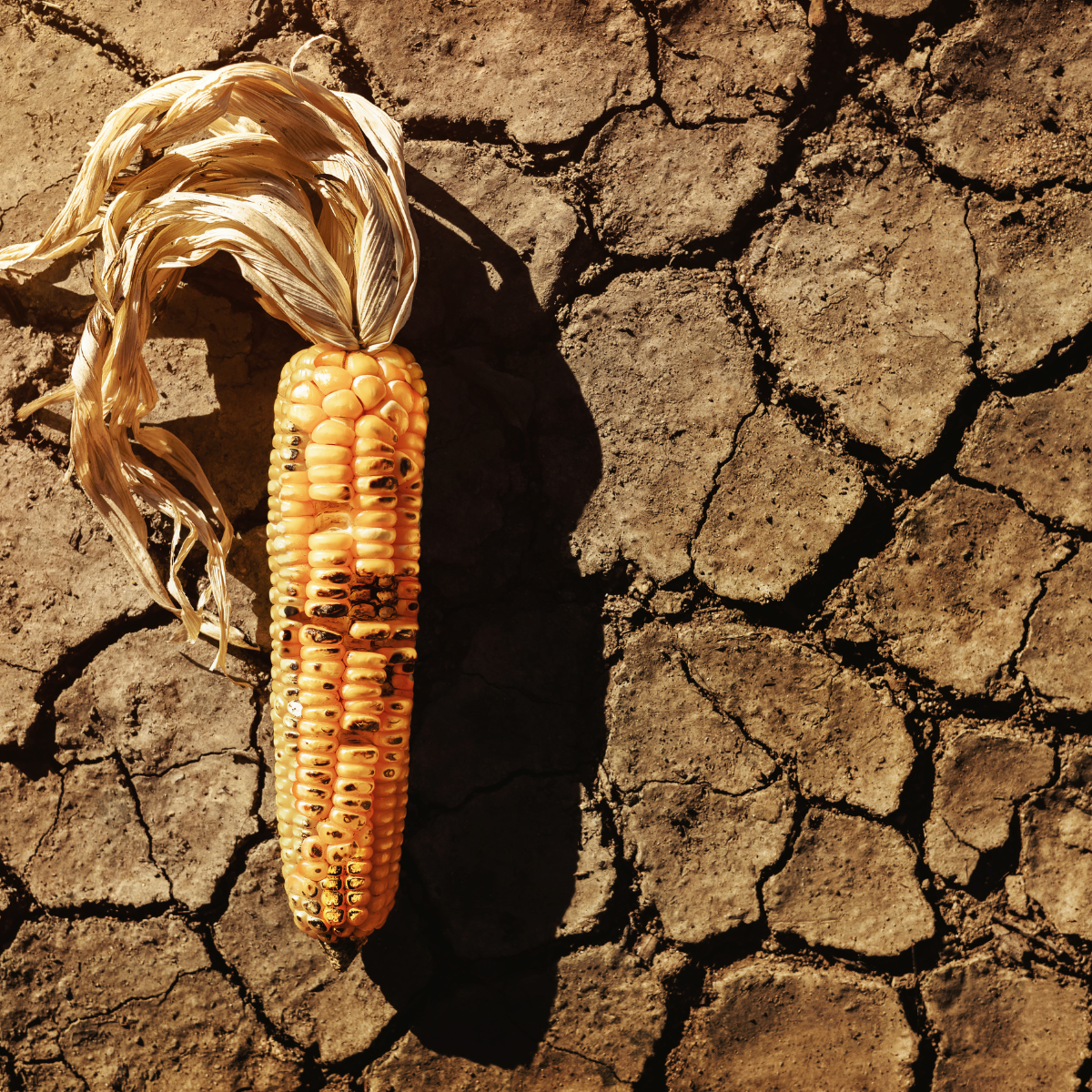Climate change is one of the most critical global challenges of the 21st century, with profound social, economic, and environmental implications. For countries like Nigeria, Africa’s most populous nation and largest economy, the stakes are particularly high. Situated in the tropics and bordered by both desert and ocean, Nigeria is inherently vulnerable to climate variability. Rising temperatures, shifting rainfall patterns, extreme weather events, and sea level rise are no longer distant threats; they are present realities impacting millions of Nigerians.
The urgency to address climate change in Nigeria is not only an environmental concern but a development imperative. This paper examines the multifaceted impacts of climate change in Nigeria, explores regional vulnerabilities, reviews Nigeria’s institutional responses, and recommends strategic actions to build climate resilience.
Overview of Climate Change Trends in Nigeria
According to the Nigerian Meteorological Agency (NiMet), the country’s average temperature has increased by approximately 1.6°C since the early 20th century (NiMet, 2021). The frequency of extreme weather events such as heatwaves, floods, and droughts—has increased. Rainfall patterns have shifted, with the Sahel and savannah regions experiencing more arid conditions, while the coastal and rainforest zones see heavier and more unpredictable rainfall.
The Intergovernmental Panel on Climate Change (IPCC) warns that West Africa is expected to face significant changes in precipitation and temperature patterns by 2050, potentially destabilizing agriculture, livelihoods, and human health (IPCC, 2022). In Nigeria, the implications of these changes are already being felt, particularly in the north and coastal areas.
Sectorial Impacts of Climate Change in Nigeria
- Agriculture and Food Security
Agriculture remains the backbone of Nigeria’s rural economy, employing about 70% of the labour force. However, climate change threatens food production through several pathways:
- Droughts and desertification in northern states such as Borno, Yobe, and Sokoto have drastically reduced the arability of land, affecting crops like millet, maize, and sorghum.
- Flooding and excessive rainfall in the south destroy farmlands and post-harvest storage systems.
- Livestock farming is threatened by water scarcity and reduced grazing lands, increasing conflict between herders and farmers.
The combined effect of these disruptions is rising food insecurity, especially among vulnerable populations. A 2022 FAO report found that over 19 million Nigerians were food-insecure due to climatic and conflict-related disruptions (FAO, 2022).
- Water Resources and Hydrological Systems
Climate change is altering Nigeria’s hydrological systems. Rivers and lakes are drying up, while flood events are increasing in intensity.
- Lake Chad, which supports over 30 million people across Nigeria and neighboring countries, has shrunk by over 90% since the 1960s due to climate variability and increased irrigation demands (UNEP, 2018).
- Seasonal rivers and streams in the north are disappearing, reducing access to clean water and affecting agricultural irrigation.
- Conversely, cities in Nigeria now suffer from seasonal flooding, disrupting livelihoods and destruction of properties.
These changes stress water supply systems and intensify competition among users, especially during the dry season.
- Public Health
Climate change poses a major threat to public health in Nigeria. Increased temperatures and humidity favor the spread of diseases like malaria, dengue fever, and cholera. Heavy rainfall and flooding contaminate water sources, leading to water-borne diseases.
- The World Health Organization (2022) notes that climate-related factors are increasing health vulnerabilities across Nigeria, especially in densely populated urban areas.
- Heat stress is also becoming a concern in urban slums, where poor ventilation and lack of cooling systems expose residents to dangerous temperatures.
- Economy and Infrastructure
The economic cost of climate change in Nigeria is significant. The World Bank estimates that the country could lose up to 6-11% of GDP by 2050 under a business-as-usual scenario (World Bank, 2021). Key sectors at risk include:
- Oil and gas infrastructure in the Niger Delta, which is vulnerable to sea level rise and coastal erosion.
- Transport and road networks that are frequently damaged by flooding and landslides.
- Energy generation, especially from hydropower, which is affected by changes in river volume and flow.
Climate impacts on these sectors increase the cost of doing business and reduce investor confidence.
- Security and Displacement
Environmental degradation driven by climate change is worsening Nigeria’s security situation. The shrinking of arable land and water bodies in the north has intensified the farmer-herder conflict, particularly in states like Benue, Plateau, and Kaduna.
- Desertification and land scarcity are pushing pastoralists southward, increasing clashes with farming communities.
- Climate-induced displacement is also on the rise. According to the International Organization for Migration (IOM), over 2 million people have been displaced in the Lake Chad Basin due in part to climate stress (International Organization for Migration, 2022).
- In the Niger Delta, flooding, erosion, and oil pollution have forced communities to abandon their homes, contributing to urban overcrowding and tension.
The linkage between climate change, poverty, and insecurity is increasingly recognized as a driver of instability in Nigeria.
Regional Vulnerabilities
The climate crisis affects regions differently:
- Northern Nigeria is highly vulnerable to drought, desertification, and land degradation. These areas have low adaptive capacity and high poverty rate.
- The Niger Delta is one of the most endangered coastal zones in Africa, threatened by sea level rise, flooding, and oil spills.
- Urban centers such as Lagos, Ibadan, and Kano face heat stress, urban flooding, and infrastructural damage due to extreme weather events.
- Middle Belt states, once considered Nigeria’s food basket, now face recurring farmer-herder conflicts tied to environmental pressure.
Tailored responses are needed for each region, focusing on resilience, adaptation, and sustainable resource management.
Nigeria’s Climate Policy and Institutional Response
Nigeria has recognized the threat posed by climate change and initiated a number of policy frameworks:
- The Climate Change Act 2021 provides a legal foundation for mitigation and adaptation efforts and establishes a National Council on Climate Change.
- Nigeria has submitted its Nationally Determined Contributions (NDCs) under the Paris Agreement, committing to reduce emissions by 20% unconditionally and 47% conditionally by 2030.
- Nigeria has also launched a National Adaptation Plan Framework and has issued sovereign green bonds to finance sustainable projects (Federal Ministry of Environment, 2022).
- State-level climate actions are being promoted, although coordination and funding remain challenges.
While the policy intent exists, implementation is often hindered by weak institutions, poor enforcement, and lack of public awareness.
Recommendations
To address the growing threat of climate change, Nigeria must:
- Invest in climate-smart agriculture to increase productivity and resilience among smallholder farmers.
- Enhance water resource management, including irrigation systems and protection of water catchments.
- Scale up renewable energy to reduce reliance on fossil fuels and improve access to electricity.
- Strengthen climate governance, including coordination between federal and state agencies.
- Improve early warning systems and disaster preparedness, especially in flood-prone zones.
- Promote public awareness through education, media, and community-based programs.
- Mobilize climate finance, both domestic and international, to support green infrastructure and adaptation.






